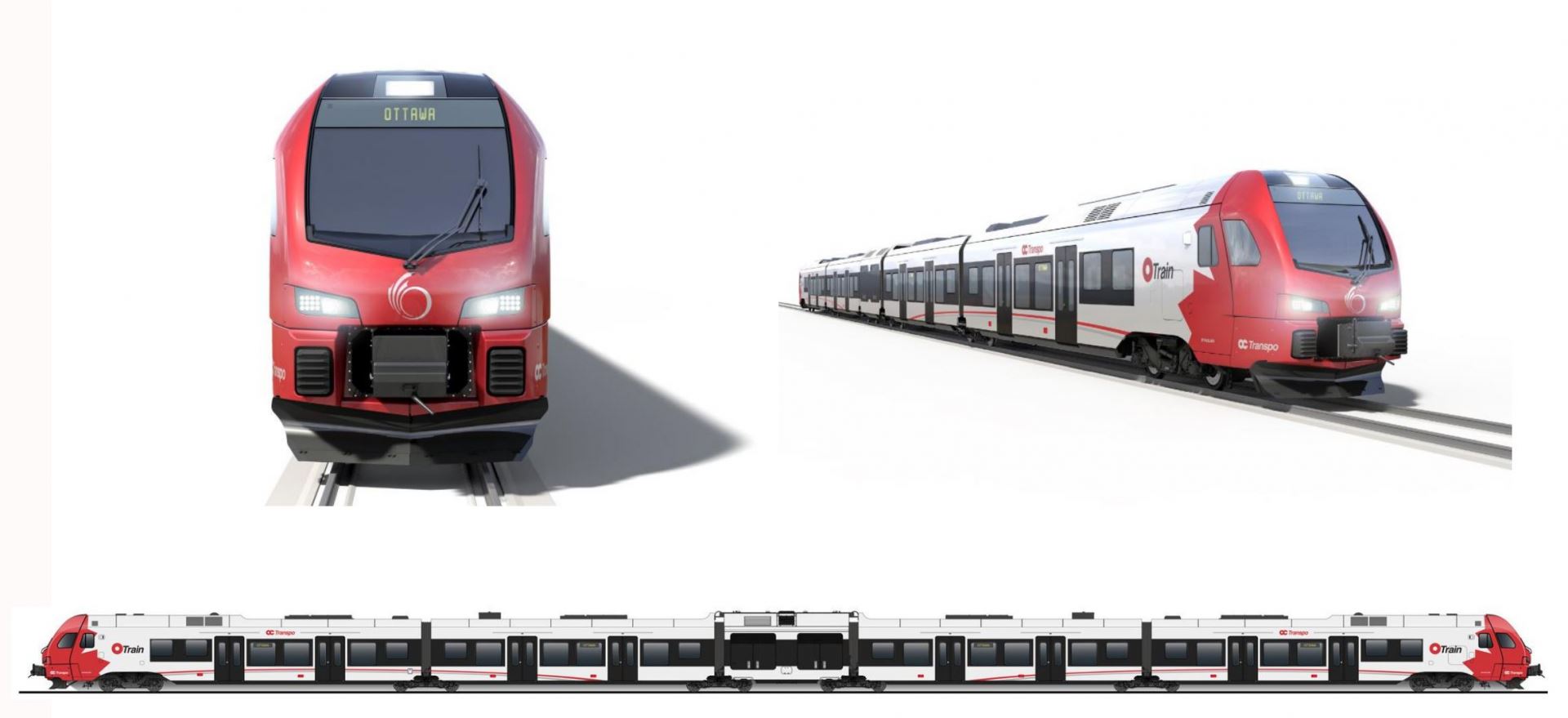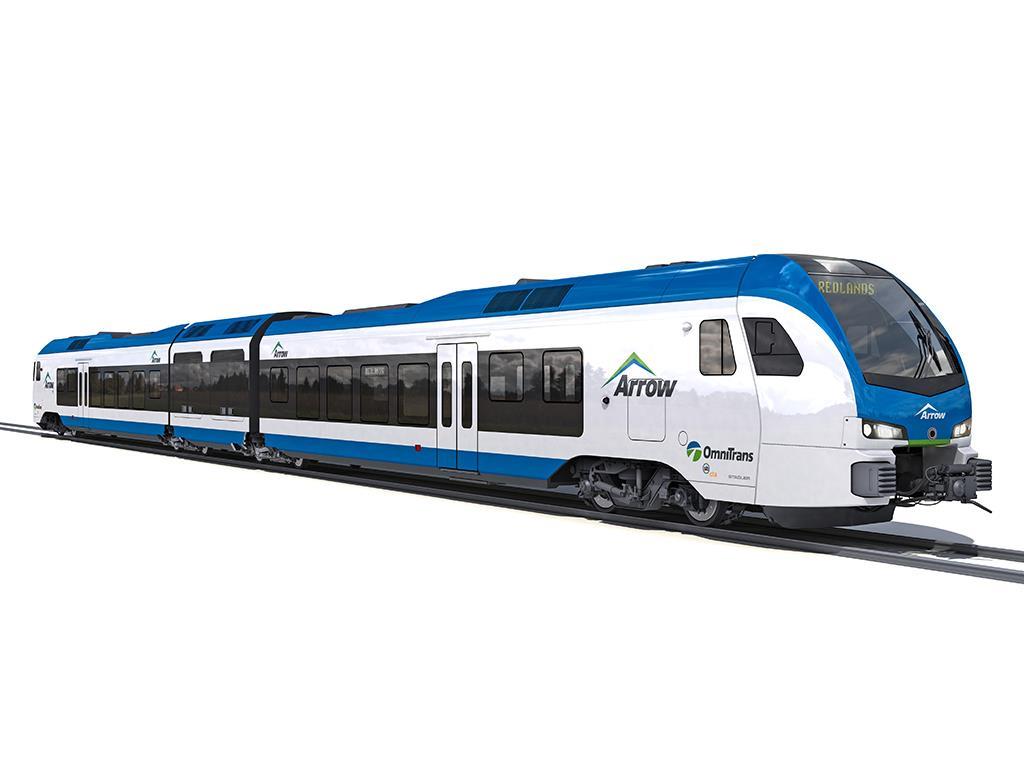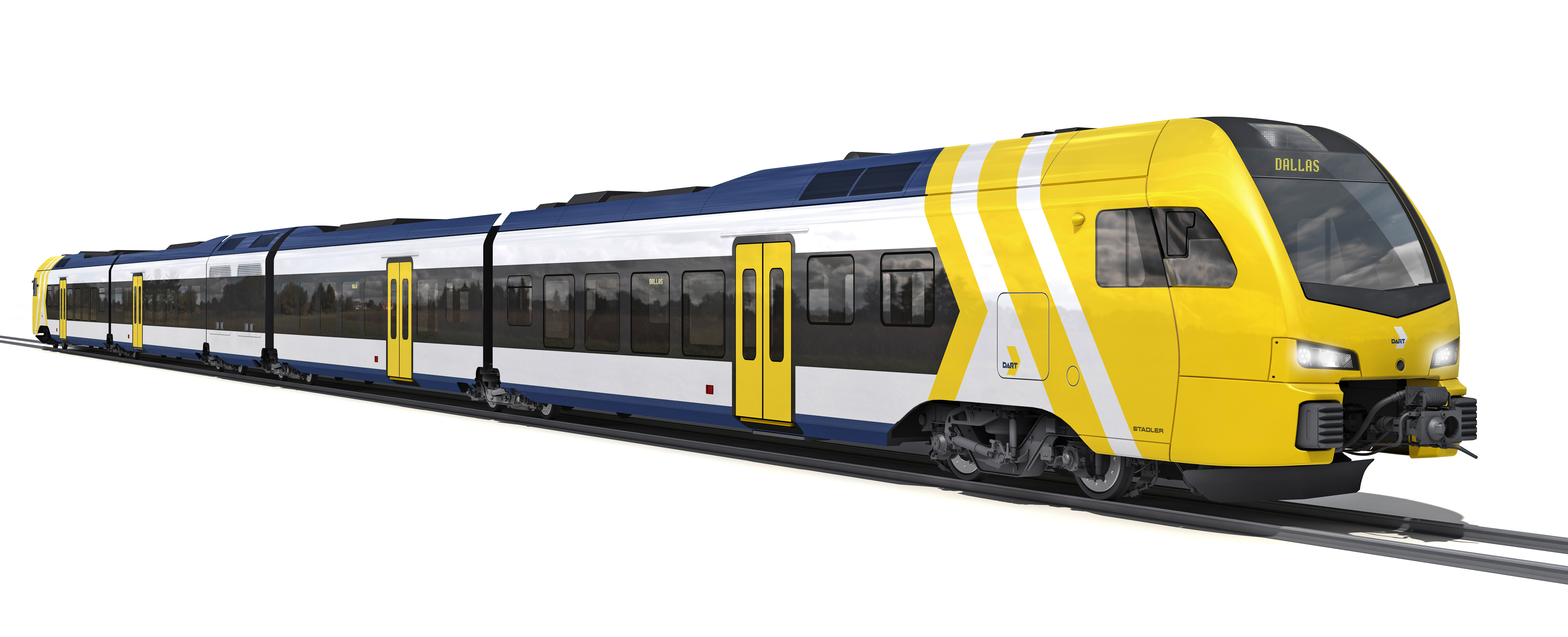reaperexpress
Senior Member
The other advantage of 1220mm platorms is that they also provide level boarding for VIA, Up Express and Amtrak.It seems the discussion is whether 610mm was the right call as opposed to 1220mm. Will GO ever reach a volume where their throughput is limited by the 610mm standard? I would say maybe at a few stations during peak demand. But low floor EMU's should be sufficient for the 'metro-style' routes and it probably was never worth the cost of having to convert an entire network for the benefit of a couple of stations.
But regardless, level boarding at 610mm will be a massive improvement over the current 127mm platforms and I cannot wait for the conversion to begin. It's not just the improved boarding efficiency and accessibility at all doors, it's also the ability to stop shorter trains at the portion of the platform where the entrances actually are rather than being locked to a specific position by the 'accessibility coach'. Like at the new Kitchener Central station 6 car trains will need to stop all the way at the east end of the platforms, and the LRT is all the way at the west end.
Last edited:







